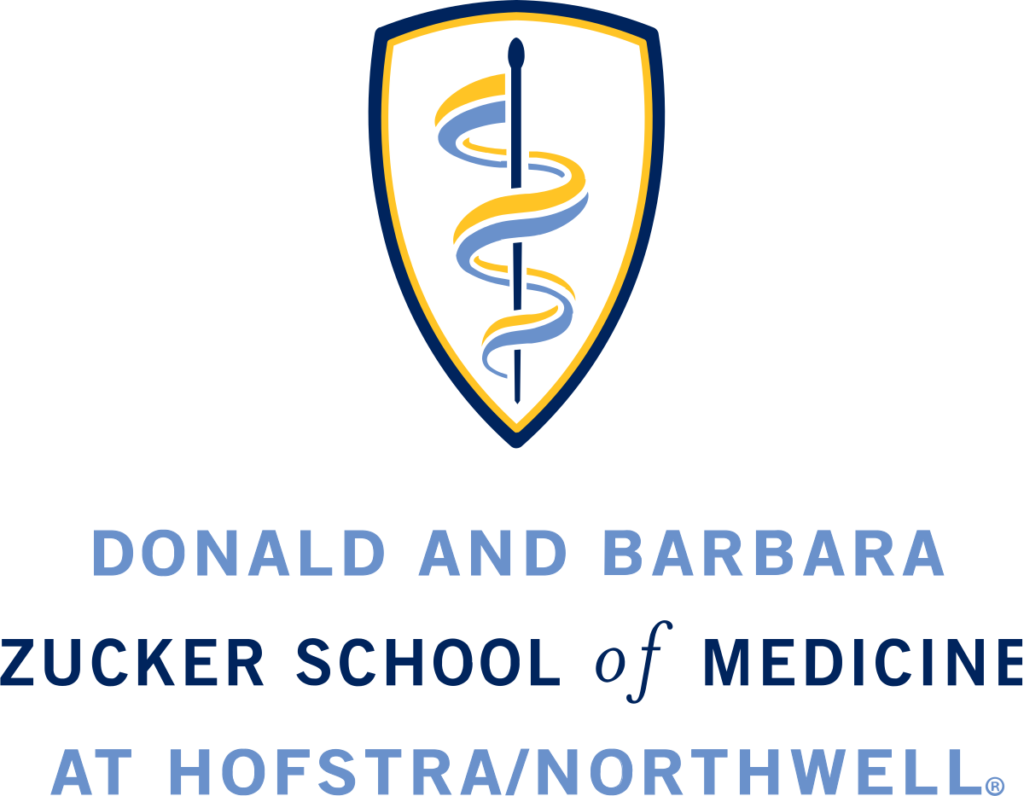Overhead: “Level 1 triage coming in to Trauma-B”
Me: “Who’s in triage? What are they sending?”
Charge RN: “It’s a tachycardic emergency.”
Me: “Um, but what is it? What are they here for?”
Charge RN: “I just told you! HR was 146. EMS gave Lopressor x 2 with no relief.”
Me: “…” (head explodes- triaged as a level 3)
Do we HAVE “tachycardic emergencies?” Of course not- it depends what the tachycardia is from, whether it’s physiologic, a primary disorder, a response to stress, pain, fever or hypovolemia, whether it’s sinus or a dysrhythmia, whether it’s causative of other symptoms, in response to those symptoms, or merely coexisting. Remember SYMPTOMS? They matter.
Then WHY do we have hypertensive emergencies?
There have been a number of well reasoned arguments on why hypertensive urgency is a non-entity. From the time that we stopped using the term “malignant hypertension” we have been moving away from treating a number and bringing therapy back to the symptoms of the patient. A vague entity like hypertensive urgency is generally indistinguishable from asymptomatic hypertension.
But recently I’ve had to spend more time discussing hypertensive E-mergency. You’d think I’d be happy about that, wouldn’t you? I mean, Emergency Physician, right? And definitely sicker patients: it’s right there in the definition of “end organ damage.” On top of that, it comes with a treatment plan: “25% reduction of MAP within the 1st hour.” Sounds good- ill patients get aggressive care, we save organs, ergo lives, high five and go home.
Except that the aggressive care of hypertensive emergency may make people worse, not better, and is too often invoked with delusions of benefit. When I was an intern, there was a tried and true recipe to handle this vital sign when it bothered the nurses. If the systolic pressure was “too high,” the contents of a 25mg nifedipine capsule could be aspirated into a small syringe and delivered sublingually. The result was a predictable, beautiful lowering of the systolic pressure over the next 30 minutes and at the 1 hour mark we had nearly always achieved the prescribed 25% MAP reduction. Seen this tried and true method lately? No, since it was realized that there was a downstream 6% stroke rate. The FDA rejected this use of nifedipine to rapidly lower BP in 1985, but in 1996 it was still a common choice: http://www.ncbi.nlm.nih.gov/pubmed/8861992. Today, IV pushes of vasoactive agents for no clinical indication still persist. I find our collective lack of memory… troubling. Note the use of the term “pseudoemergency” in the above JAMA abstract and the host of editorial comments that followed. So what IS hypertensive emergency and what should we do about it then?
Here we go: this one doesn’t exist either. Or rather, it’s just as meaningless a definition and entity as urgency. Try this on for size- Hypertensive emergency isn’t a disease. It is an arbitrary grouping of diseases lumped together so you can remember to treat them similarly. Oh, except the prescribed treatments are NOT similar and the proposed reduction of MAP should be performed in exactly NONE of those cases.
What, in my book, would be a true hypertensive emergency? Well, it should be a case where the blood pressure is physiologically causing the symptom, and rapid lowering should be associated with pt. benefit. The first part of that sentence is basically addressing the fact that associating a very elevated blood pressure with a disease and calling it “hypertensive emergency” implies that the pathology is caused BY the blood pressure, as opposed to, “happens to be present.” (I came across older articles listing epistaxis as a hypertensive emergency. Get edited, emedicine!)
Aortic dissection fits the bill nicely. Eclampsia can be included as a few end organs including the brain are affected and blood pressure lowering is an indicated therapy. Acute pulmonary edema (not chronic), when presenting with a very high afterload can be included, and this entity has earned the SCAPE acronym from the venerable Dr. Weingart- Sympathetic Crashing Acute Pulmonary Edema.
All 3 include rapid BP lowering as part of the treatment.
None of the 3 uses the same preferred agents.
None of the 3 has the same blood pressure goals.
None of the 3 involve tailoring the MAP to become 25% lower than a previously measured pressure- there are hard targets or clinical targets.
Other possible aggressive IV BP med indications? Perhaps hypertensive encephalopathy or PRES syndrome, or even aneurysmal subarachnoid could be added. But I struggle to add more…
In nearly every other case where the term is invoked, it is a bad idea to use an IV drug to rapidly reduce the blood pressure where slower acting oral agents will do the job eventually. In those cases where there is end organ damage AND rapid lowering is indicated? Never use 25% of “whatever the triage nurse got initially” as a target.
Pills. Less sexy than IV pushes, but they get the job done and they’re safe. Use pills.
Part II to follow!
~~~~~~~~~~~~~~~~~~~~~~~~~~~~~~~~~~~~~~~~~~~~~~~~~~~~~~~~~~
Please help us assess quality by answering these three questions – don’t forget to hit the red “submit” at the end. Your feedback is private and anonymous. Thank you!
To post comments for discussion, use the “Leave a Comment” box at the bottom.
[contact-form to=’ny.em.pulse@gmail.com’][contact-field label=’Please rate the accuracy of this article’ type=’radio’ required=’1′ options=’Very accurate,Acceptable,Poor%26#x002c; inaccurate’/][contact-field label=’Which best describes you?’ type=’radio’ options=’Student of the medical professions,Physician,EMT/Paramedic,Other health professional,Other%26#x002c; non medical professional’/][contact-field label=’How relevant is this content to your practice or studies?’ type=’radio’ required=’1′ options=’Beyond my scope,Very relevant,Too superficial’/][/contact-form]


